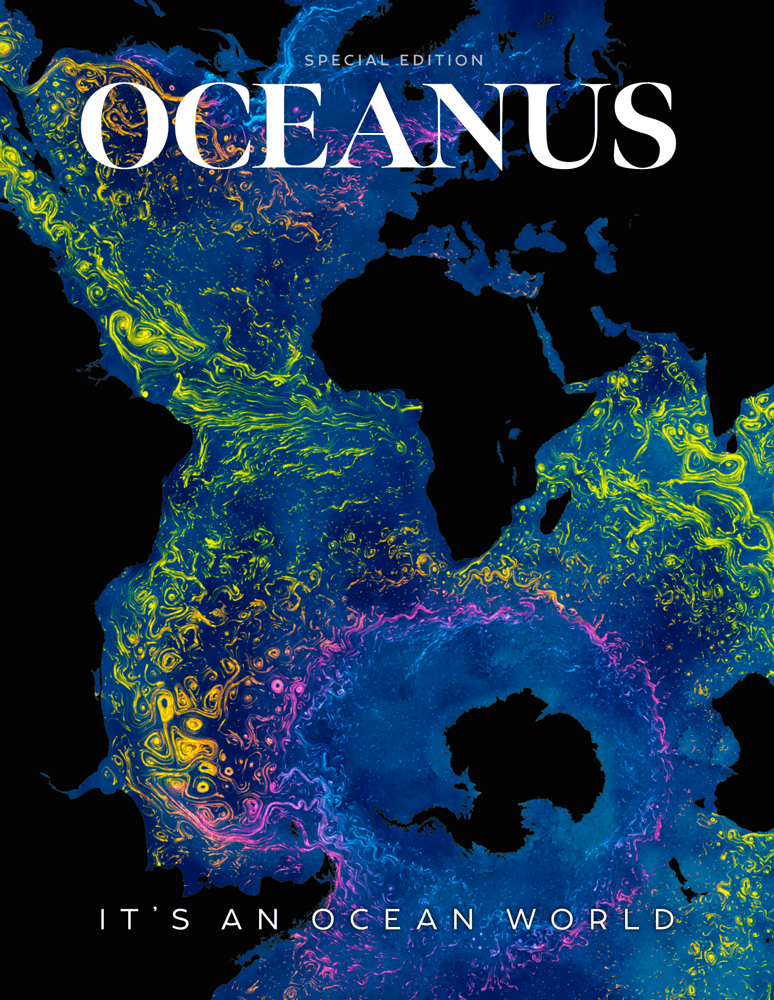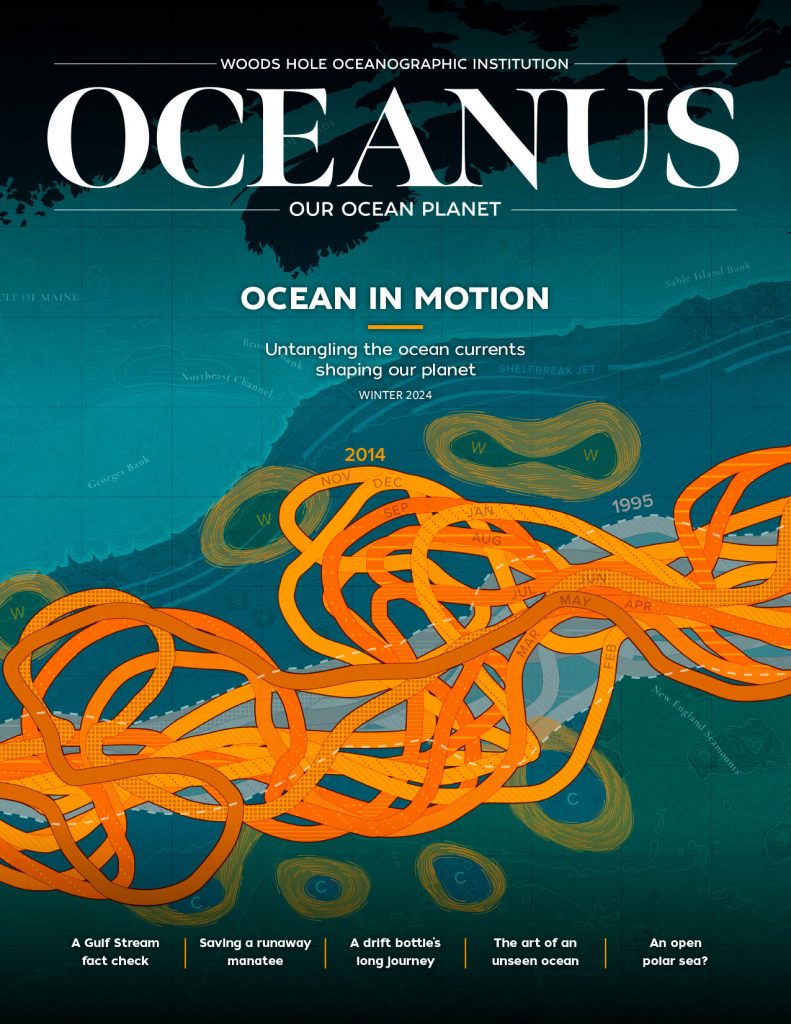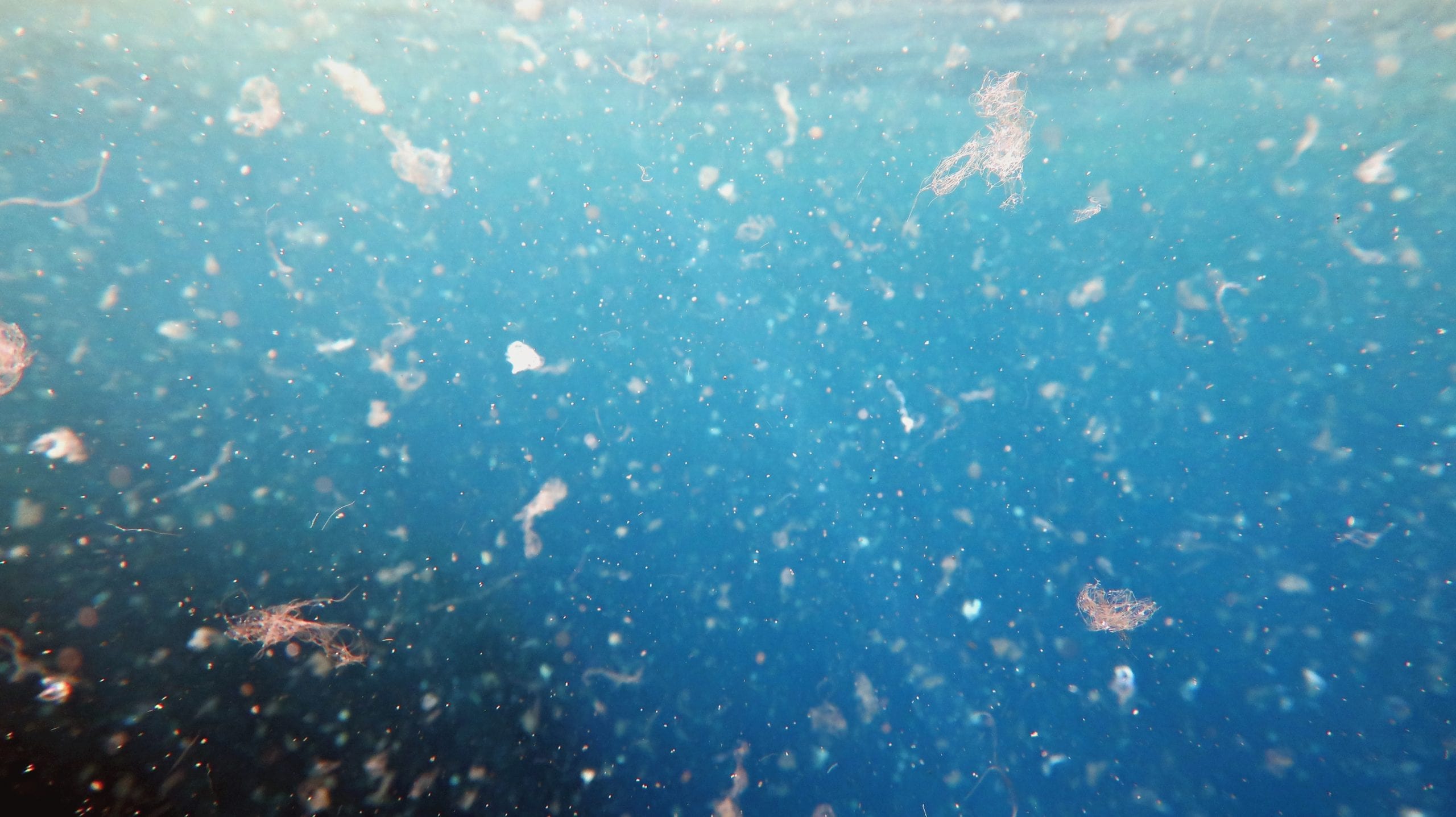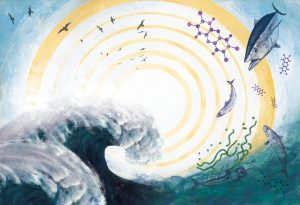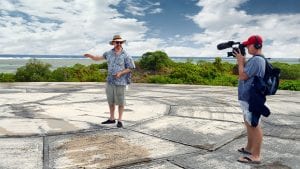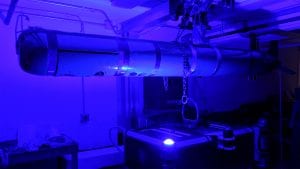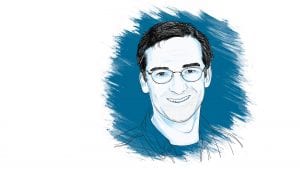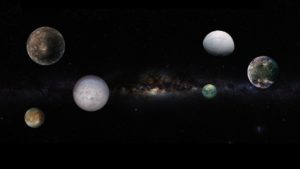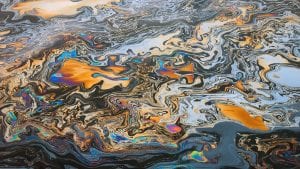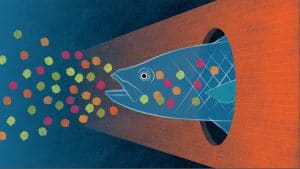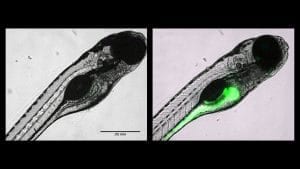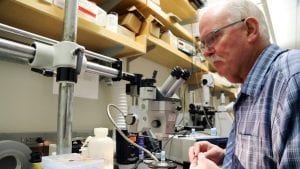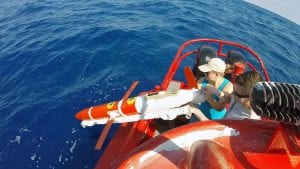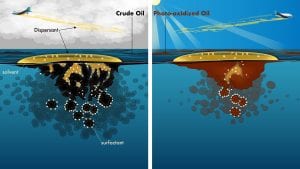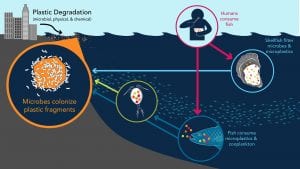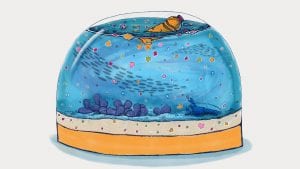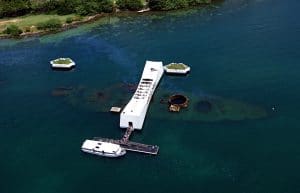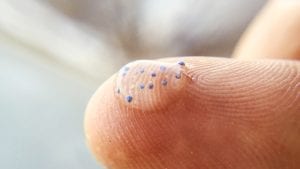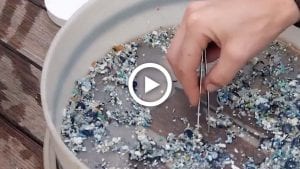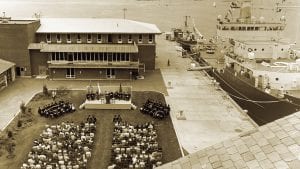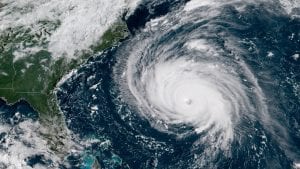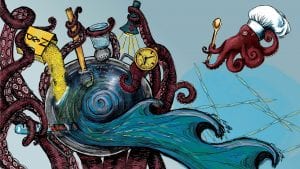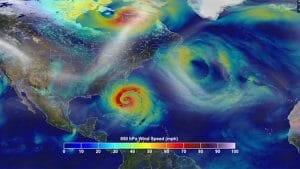Ocean & Human Lives
WHOI establishes new fund to accelerate microplastics innovation
With the backing of a handful of family foundations, WHOI is launching a Marine Microplastics Innovation Accelerator to help answer some of the most pressing—and foundational—questions about marine microplastics and their impacts
A Sea of Hazards
How ocean scientists are working to safeguard us from the perils of a changing ocean
Putting the ‘nuclear coffin’ in perspective
WHOI chemist and marine radioactivity expert shares his thoughts about radioactivity waste leaking from Runit…
Experts Explore the Ocean-Human Health Link
Eleonora Van Sitteren Guest Student, Lindell Lab I work with the Lindell Lab group at…
Can seismic data mules protect us from the next big one?
Researchers look to new seafloor earthquake detection systems for better detection and warning of seismic…
To sail, not to drift
Navigating a changing ecosystem, funding marine science, and finding hope—WHOI Deputy Director Rick Murray charts…
Looking into the Future
WHOI researchers discuss various ways that ocean science and technology are enabling a deeper understanding…
Are We Alone?
To discover life in space, we look to our ocean extremes to understand what it's…
Celebrating an oceanographic life
WHOI looks back at the legacy of co-founder of MIT-WHOI Joint Program, former Director of…
Rapid Response at Sea
As sea ice continues to melt in the Arctic and oil exploration expands in the…
Microplastics in the Ocean – Separating Fact from Fiction
WHOI scientists weigh in on the state of marine microplastics science.
Particles on the Move
An MIT-WHOI Joint Program student investigates what happens to nanoplastics once they're ingested by fish.
Do Microplastics in the Ocean Affect Scallops?
WHOI scientist Scott Gallager is making field observations and conducting lab experiments to explore the…
Gliders Reveal Tango Between Hurricanes and the Gulf Stream
Spray gliders cruising the east coast are collecting ocean measurement data that hurricane forecast modelers…
The Sun’s Overlooked Impact on Oil Spills
New findings by WHOI scientists could significantly change the way responders clean up oil spills…
Junk Food
An estimated eight million tons of plastics enter our oceans each year, yet only one…
Tracking a Snow Globe of Microplastics
Millions of tons of plastics end up in the global ocean each year, but where…
Sweat the Small Stuff
microplastics
From Macroplastic to Microplastic
An estimated eight million tons of plastics enter our oceans each year, yet only one…
MIT-WHOI Joint Program Marks 50th Year
In 1968, two esteemed scientific institutions launched an unorthodox academic experiment: the Massachusetts Institute of…
Autonomous Ocean Vehicles Supply Key Data on Hurricane Florence
With Hurricane Florence bearing down on the North Carolina coast, researchers at Woods Hole Oceanographic…
The Recipe for a Harmful Algal Bloom
Harmful algal blooms can produce toxins that accumulate in shellfish and cause health problems and…
